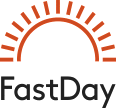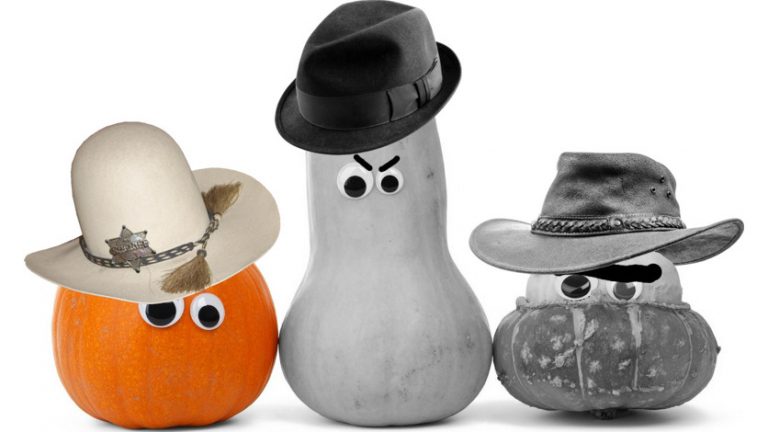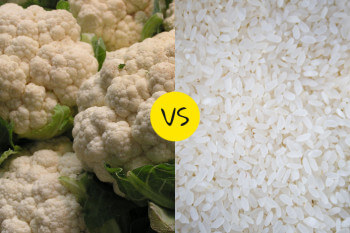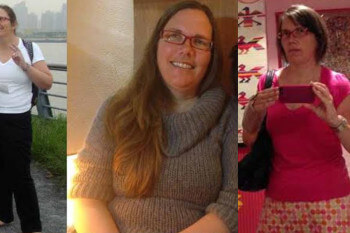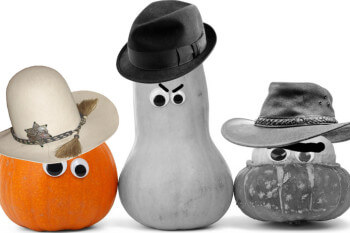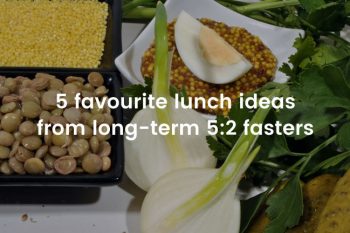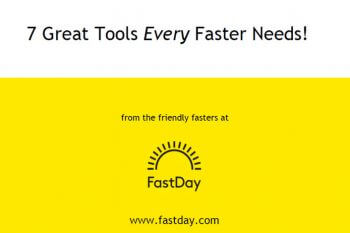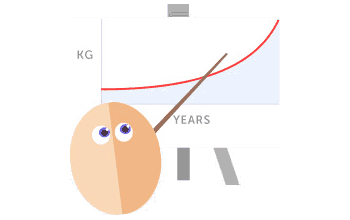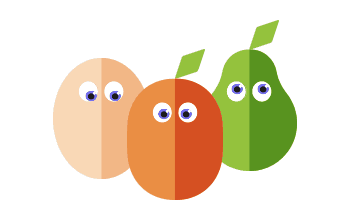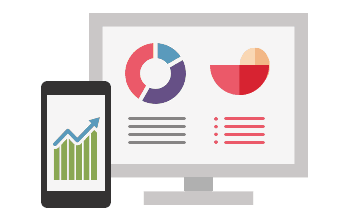Our first fasts are quite an experience, something we always remember and we certainly can learn a lot from them. Like any new experience, we don’t know what to expect before we start. Here are some of the surprises that may await you when you embark on an intermittent fasting journey – be they good, bad or ugly!
Part 1: The Good
You’ll be glad no doubt to hear that the majority of surprises when you start fasting fall into the “good” category. We all like nice surprises don’t we? The best part is that these ones are the changes that can stay with us in the long term and really make a difference to our health.
“Hunger comes in waves”
Just as Dr Michael Mosley said in the original Eat, Fast & Live Longer Horizon documentary which spurred the world into the wonder of intermittent fasting, “hunger comes in waves”. It’s true, and if you’ve fasted already I’m sure you know this. We are so used to responding to the sensation of hunger by feeding it that we often haven’t experienced what happens if we don’t! We assume that because the hunger builds to the point where we cave in and head to the fridge that it would only continue to get worse if left unsatisfied. This however is simply not the case. Like a wave, hunger builds – yes. But what happens after that? It comes crashing down and goes away. Another wave may build later, but once you’ve learned to ride through one you can do it time and again. It almost becomes a game where we get an unexpected sense of enjoyment from the sheer willpower of ignoring the hunger until it goes away. We take back control and come to recognise that this isn’t true hunger. It might be boredom, it might be thirst – it might just be that we fancy something to nibble on because we have been in the habit of snacking. Have a glass of water, or something else to drink and tell the hunger to get lost!
Find out about dealing with hunger on a fast day
You can actually eat quite a lot for 500 calories
“500 calories? For a whole day? But that’s STARVING yourself!”
Your friends and colleagues may say something like this when they find out that you’re going to try fasting. You may even think along these lines yourself when you start – how can you possibly get by on so few calories? Think of your calories as a budget. People get by on low budgets don’t they? The key to success lies in wisdom and planning. What you spend your calorie budget on can make the difference between an easy fast or a challenging one. Believe it or not, 500 calories (or 600 if you’re a bloke) can be quite a vast amount of food, if spent wisely. There are times I can barely manage all of my fast day dinner, such is the quantity. If you’ve calorie counted before then you’ll have an idea already of what is low in calorie and what isn’t. Minimising carbs (sugary fruits, starchy veg, white rice & pasta) on a fast day is a good idea as these are full of calories but won’t keep you feeling full. They’ll spike your blood sugar levels and cause you to feel hungry again in no time (though did you know that if you cool & reheat pasta, this effect is greatly lessened?). The official Fast Diet suggests a fast day mantra of “mostly plants and protein” and this really is good advice. Non-starchy veg are low in calories and can allow you a really ample meal which fills you up as well as providing lots of essential nutrients. Protein will fill you up too and if you opt for lean meats like chicken or turkey, have white fish or eggs you’ll find you can enjoy a filling and relatively normal meal. A vegetable stir fry using (mung) bean sprouts instead of carb-laden noodles or a big bowl of vegetable soup makes for a massive meal while being low in calories. Plan ahead and you really can feast when you fast!
Find out when and what to eat on a fast day
Smart food swaps to save calories
Is reheated pasta less fattening?
Fasting isn’t as hard as you thought it would be
New fasters are often anxious before they get started. As covered earlier, we often don’t know how to deal with hunger or what to expect when we go without food for longer than usual. Thankfully most fasters are pleasantly surprised with their first fasting experience – it isn’t as hard as they had expected and there’s a real sense of achievement and pride at ‘surviving’ the day.
Find out about preparing for your first fast
Find out about what you can expect from your first few fasts
You don’t feel ravenous when you wake up the day after a fast
So, you’ve made it through your first fast and you’re delighted that you haven’t eaten the pillows, having gone to bed early to get the day over with! You lie there, fantasizing about the giant breakfast you’re going to enjoy in the morning – a Full English, a giant bowl of porridge, pancakes with maple syrup… all of the above! Come morning, you wake up and surprise, surprise – you’re not ravenous, your pillows are still where they should be and that breakfast fantasy which kept you going doesn’t seem nearly so appealing. This experience is quite common among fasters and it’s probably with good reason – if you overload your tummy the morning after your fast you may find yourself having to dash to the bathroom. Ease yourself back into eating with a light breakfast if needed. On the other hand, if that breakfast feast you had lined up still appeals and you’ve an appetite, have it and enjoy it – it’s a feed day after all! I often wait until mid to late morning to eat after my fast day, by which point I can do a decent brunch justice.
Find out more about common eating myths and misconceptions
Find out about what to eat on your feed days
Your eating habits & relationship with food will change
The very experience of fasting teaches us more than we may realise. We learn to ignore hunger when it’s not true hunger. We learn to keep ourselves more hydrated. We learn that just because it’s ‘meal time’ it doesn’t mean we have to eat. Feed hunger, not habit. As we become more aware of how to smartly spend our calories on a fast day, we begin to notice just how many extra, unnecessary calories we consume in the course of normal eating. We find ourselves leaning towards more healthy, filling foods. Low calorie, nutritious vegetables start to win out over calorie-rich, sugary fruits. Carbs seem less appealing when you realise how much more hungry they make you. Those oversized portions of meat suddenly look giant and we start to cut down our portion sizes as our stomachs and appetites shrink from fasting. Even snacking seems somehow less appealing as we play the ‘how long can we ignore that hungry feeling’ game, much to our smug delight! It’s not only the when and what we eat on a fast day which change our habits and attitudes towards food though.
One of the big draws for fasting is that no foods are forbidden. We’re not told that eating a bar of chocolate is a ‘sin’ or made to count points on our favourite treats. Most of us will have experienced the deprivation of other weight loss methods and the feeling that one has to go without the foods one loves (only to binge on them at a later date and feel that the whole diet has failed). With fasting, we don’t need to binge on those treats because we can have them if we want to (on a feed day of course). It also seems that we learn to balance our calorie intakes better, just like naturally thin people do.
I should note that this point that in the early weeks of fasting a lot of people experience a degree of over indulgence on their feed days as they are released from the old way of thinking that they mustn’t eat certain foods. Rest assured that before long the novelty of ‘no forbidden foods’ will wear off and normal, sensible eating will resume!
Find out more about the basics of nutrition and healthy eating
Find out more about balancing calories used with calories eaten
So, five pleasant surprises – that’s got to be something to look forward to, right? Please keep all these positives in mind when you go on to Part 2 of this article, The Bad…
